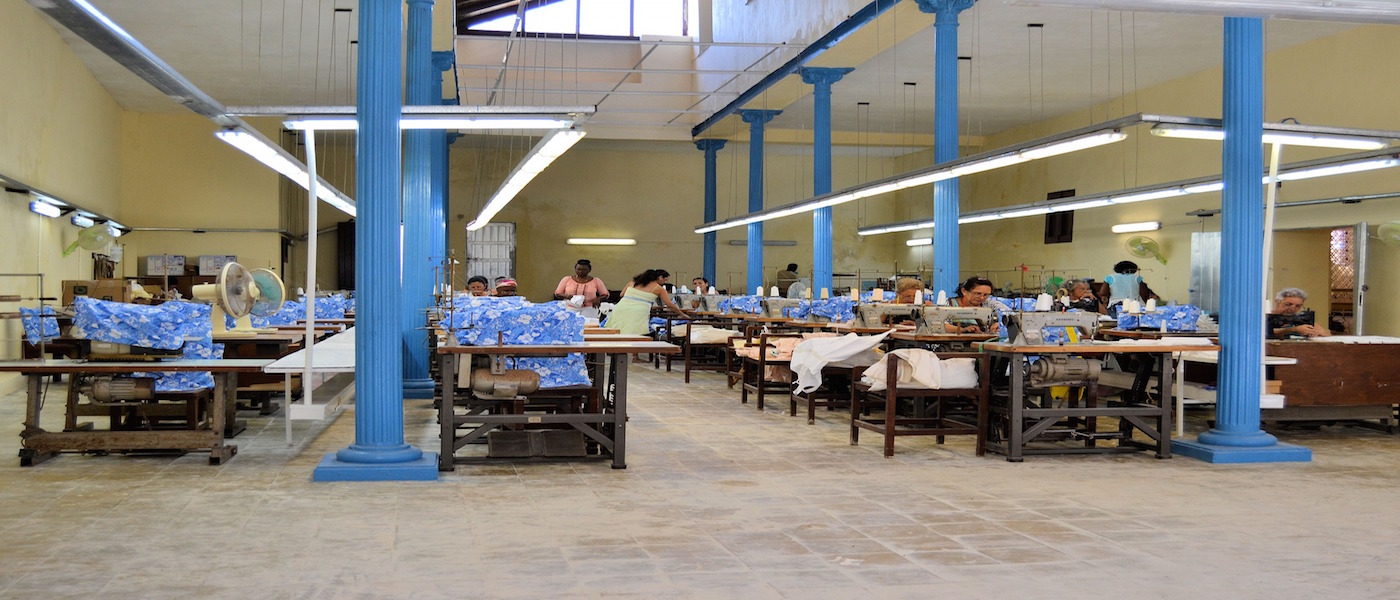H&M is one of the biggest fashion retailers in the world with a total number of more than 4,800 stores in 69 regions all over the world, and it has been famous for launching new collections of fashion garments at fast speed and low price. Meanwhile, it has also been criticized as unsustainable since it was reported that the production process of H&M’s collections might involve pollution, poor working environment and exploitation of workers. In response to the issue of exploitation, H&M launched a ‘Fair Living Wage’ strategy in 2013 and has recently published a press release reporting the progress of the strategy.
The aims of H&M’s ‘fair living wage’ strategy are to guarantee that the amount of wage its garment workers get is at least sufficient for them to live on and to gradually involve workers into the negotiation and decision-making process of wage issues. H&M claims that its goal is not to strictly set a specific wage level for all the garment workers, but to use its influence as a buyer to promote the importance of fair living wages, so that the wage levels can be negotiated through discussion between workers, factory managers and even local governments.
H&M proudly announced its progress at factory and industry levels. At factory level, it is claimed that there has been improvement in the wage management systems in 500 factories in 10 countries with a coverage of 635,000 garment workers, while there has also been a successful implementation of democratically elected worker representatives in 594 factories in 10 countries with a coverage of 840,000 workers. Whereas at industry level, H&M strives to promote the importance of fair living wages in the whole textile and fashion industry through collaboration with other companies and the IndustriALL Global Union, which is an international union aiming to protect workers’ rights and interests.
Despite H&M’s satisfied attitude towards its progress in introducing ‘fair living wage’, some may argue that the fashion giant is not doing enough to improve the working conditions of the garment workers, as well as the environmental problems caused by the production and disposal of its fashion garments, so there is still a long way to go. But it is believed that people would welcome the industry giant to take one step forward and to influence others in the industry to make an effort to improve workers’ welfares.



